Climate science
-
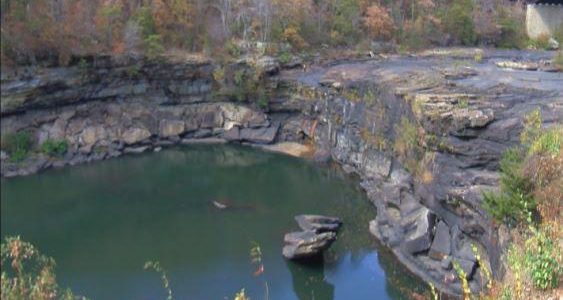
In this week’s look at the Georgia Climate Project Roadmap, we highlight the first question about water supplies in Georgia. It’s an especially timely topic this week as the US Supreme Court is due to release its opinions in the Georgia-Florida “water wars” case in the next few days. Many folks around the region are…
-
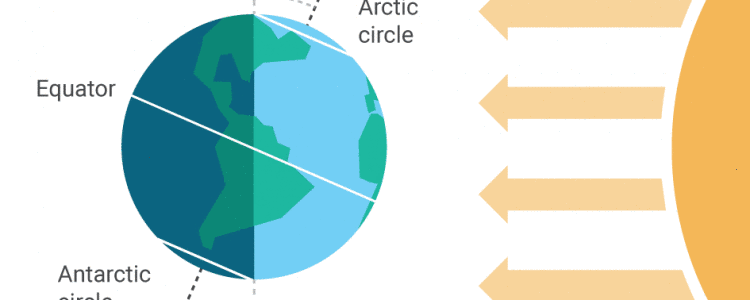
Today, June 21, is the summer solstice. That means at noon today the sun is the highest in the sky it will be in the Northern Hemisphere. You can read more about it at EarthSky here. You can also read more at Time magazine here. But even though it is the day when the sun…
-
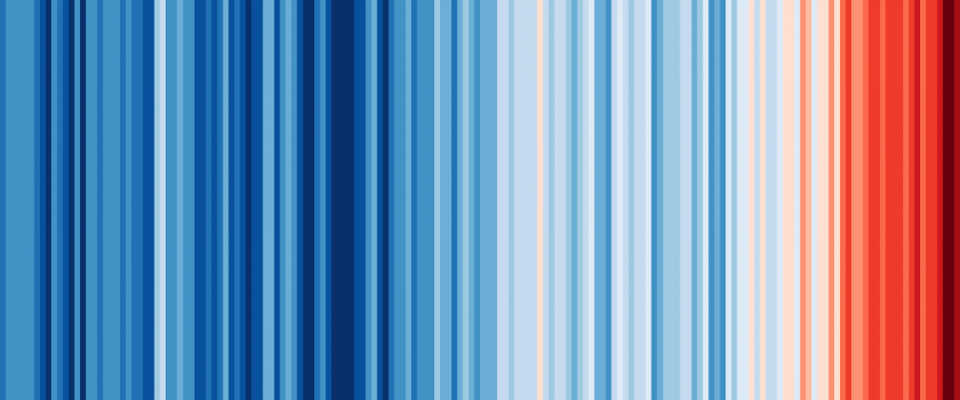
Almost 30 years ago, on June 23, 1988, NASA scientist James Hansen told Congress and the world that global warming wasn’t approaching — it had already arrived. The testimony of the top NASA scientist, said Rice University historian Douglas Brinkley, was “the opening salvo of the age of climate change.” Before that, most scientists knew that…
-
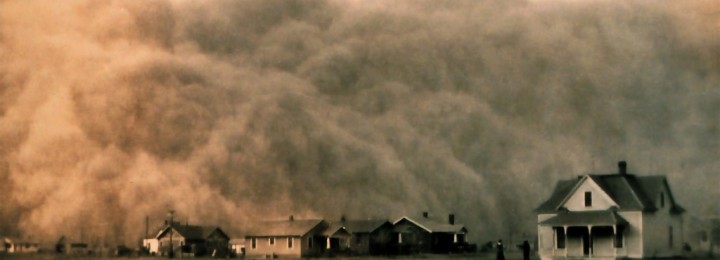
According to a recent story on USAgNet, “Dramatic human-caused changes in land cover between 1850 and the 1930s had a substantive effect on the 1930s Dust Bowl drought in the Great Plains, a new study by University of Nebraska–Lincoln researchers finds.” Ocean temperatures are part of the story of what caused the Dust Bowl, but…
-
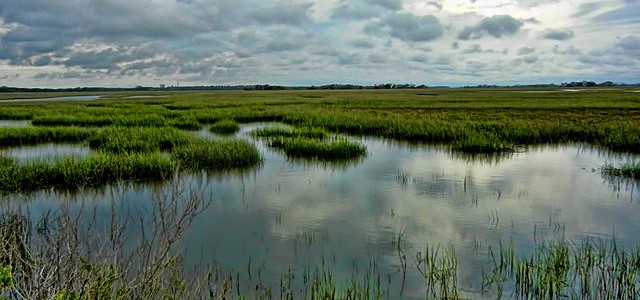
This week the Georgia Climate Project post will look at a question about the impacts of changes in ocean conditions along Georgia’s coast. What will the changes that we are already seeing happen do to our climate and to the coastal ecosystems which help drive commerce in those areas? How will changes in climate further…
-
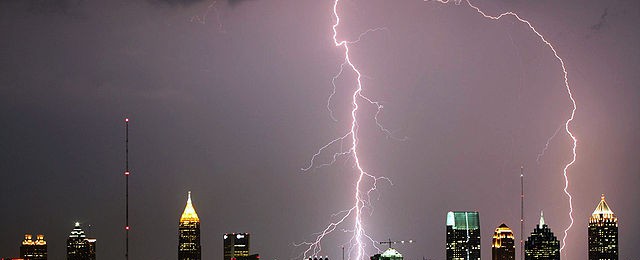
You might remember learning as a kid that if you see lightning and count the number of seconds until you hear thunder, then for every five seconds it takes, the lightning is one mile away. How good is this estimation really? It turns out that based on simple physics, it is actually pretty good. You…
-
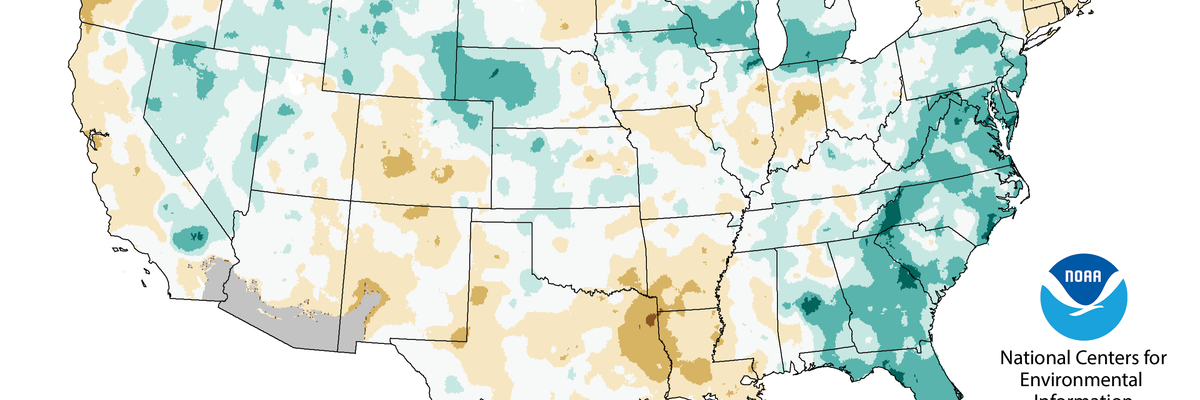
Another great analysis of the May climate in the Southeast from Deke Arndt at NCEI in their “Beyond the Data” blog. He discusses the relationship between max and min temperatures and precipitation in the Southeast and shows how they are related. It might not be in the way you think! You can read it at https://www.climate.gov/news-features/blogs/beyond-data/soggy-may-us-southeast-steers-day-and-nighttime-temperatures.